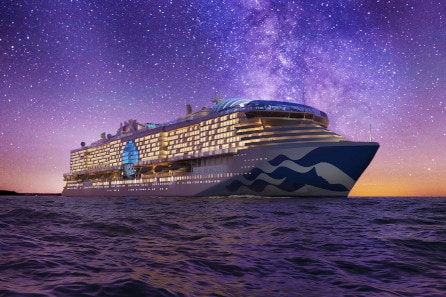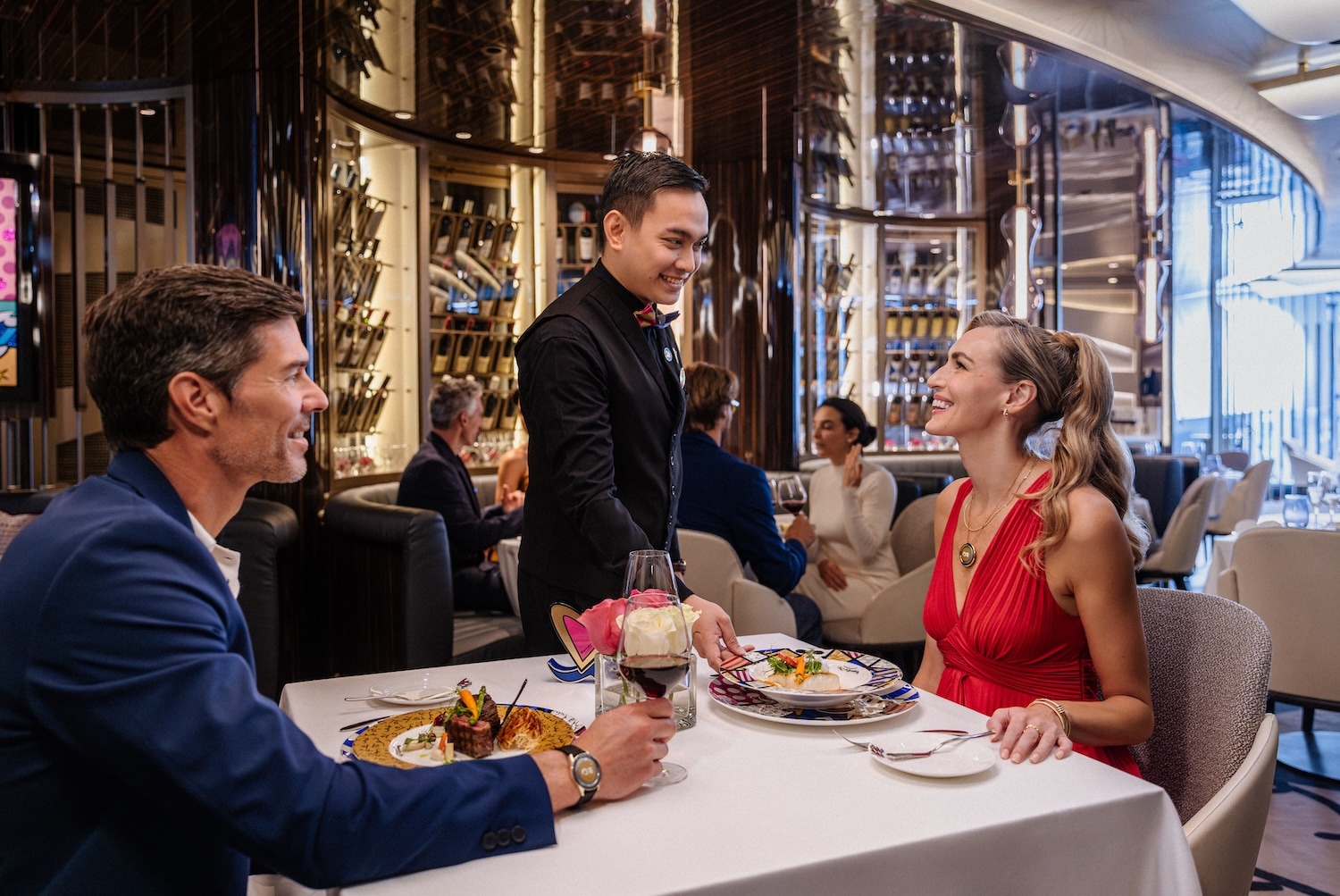Explore the History of Chile on Your Next South America Cruise
The history of Chile can be traced back to an ice field, and it continues through sand dunes, islands, and cities between mountain peaks. You'll have a chance to experience all of these places on your next South America cruise.
Amalia Glacier
Ten thousand years ago, the Southern Patagonian Ice Field surrounded Southern Chile. What remains of the icy landscape are breathtaking islands and channels that make up the fjords in the Pacific coast of Chile. On your cruise to South America, you'll sail by the gorgeous Amalia Glacier.
Arica
The port of Arica lies in the mouth of the Azapa Valley, which breaks up the sand dunes of the vast Atacama Desert. The port was founded in 1570 as a commercial gateway to Bolivia and Peru, but the remains of the area's famous Chinchorro Mummies date back to 5,000–3,000 BC. The Cathedral of San Marcos, designed by Gustave Eiffel, is another can't-miss sight.
La Serena
The city of La Serena, founded in 1544, is located between the Atacama region and the central valley agriculture region. Enchanting South America cruise excursion options within the region include the Cerro Tololo Inter-American Observatory, petroglyph-marked boulders dating back to 2,000 BC, and the liquor-producing Pisco District.
Punta Arenas
From Punta Arenas, you can look out at the Strait of Magellan, first navigated by its namesake in 1520. Located just north of the frozen tundra of Antarctica, this area became a settlement for English and Yugoslavian sheep ranchers in the 19th century. Before the Panama Canal was built, Punta Arenas was a major port for ships sailing through Cape Horn.
Valparaiso
One of Chile's oldest cities, Valparaiso was founded in 1536 and was a major Pacific port in the 19th century. Experience the unique cable cars that transport you through the city, and be sure to visit such landmarks as the Maritime Museum, Constitution Square, and the Natural History Museum.
Easter Island
Dutch explorer Jacob Roggeveen landed on this island on Easter Sunday in 1722. Anthropologists believe that Easter Island, which is halfway between Tahiti and South America, was populated by settlers who emigrated from Polynesia, but you can draw your own conclusions during your visit. Visit the Orongo Village on the edge of an extinct volcano, see the famous Moai structures that are thought to date back as far as 700 AD, and check out the mysterious Ahu Vinapu site.
Puerto Chacabuco
The gateway to Northwest Patagonia, Puerto Chacabuco is a ferry hub that connects Puerto Montt and Chiloe Island in an area known for its scenic gorges, fjords, and islands. Two regional museums detail the history of this part of Chile. If you prefer to be outdoors, visit Aiken del Sur Private Park for varied, scenic Patagonian landscapes, or take a trip to the 741-acre Island of the Deer, named for the elk that roam there.
Puerto Montt
Part of the Lake District of Chile and filled with snow-capped volcanoes and alpine valleys, Puerto Montt is home to many German immigrants who have made their presence known in villages filled with gabled homes, such as Frutillar. Enjoy the amazing view of the surrounding glaciers, and spend some time shopping along the waterfront.



